Kamal Nahas in The Scientist:
 Peter Hegemann, a biophysicist at Humboldt University, has spent his career exploring interactions between proteins and light. Specifically, he studies how photoreceptors detect and respond to light, focusing largely on rhodopsins, a family of membrane photoreceptors in animals, plants, fungi, protists, and prokaryotes.1 Early in his career, his curiosity led him to an unknown rhodopsin in green algae that later proved to have useful applications in neuroscience research. Hegemann became a pioneer in the field of optogenetics, which revolutionized the ways in which scientists draw causal links between neuronal activity and behavior.
Peter Hegemann, a biophysicist at Humboldt University, has spent his career exploring interactions between proteins and light. Specifically, he studies how photoreceptors detect and respond to light, focusing largely on rhodopsins, a family of membrane photoreceptors in animals, plants, fungi, protists, and prokaryotes.1 Early in his career, his curiosity led him to an unknown rhodopsin in green algae that later proved to have useful applications in neuroscience research. Hegemann became a pioneer in the field of optogenetics, which revolutionized the ways in which scientists draw causal links between neuronal activity and behavior.
In the early 1980s during his graduate studies at the Max Planck Institute of Biochemistry, Hegemann spent his days exploring rhodopsins in bacteria and archaea. However, the field was crowded, and he was eager to study a rhodopsin that scientists knew nothing about. Around this time, Kenneth Foster, a biophysicist at Syracuse University, was investigating whether the green algae Chlamydomonas, a photosynthetic unicellular eukaryote related to plants, used a rhodopsin in its eyespot organelle to detect light and trigger the algae to swim. He struggled to pinpoint the protein itself, so he took a roundabout approach and started interfering with nearby molecules that interact with rhodopsins.2
More here.

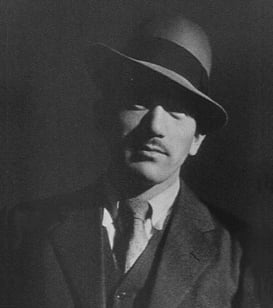 B
B The development of his body of work is “completely collapsed and over-arching”, Tillmans said. To map out a logical timeline would be reductive. Though there are issues that recur, such as “the politics of representation”, women’s rights and gay rights. Tillmans came out as gay when he was 16, the summer Bronski Beat’s “Smalltown Boy” – which he describes as “the first fully out gay pop song” – was in the charts. “I feel a great sense of gratitude for having been born when and where I was,” he said, though his life has been touched by tragedy: his boyfriend, the painter Jochen Klein, died of Aids-related illnesses in 1997. Tillmans lives with HIV. He does not tend to make work specifically about the disease –
The development of his body of work is “completely collapsed and over-arching”, Tillmans said. To map out a logical timeline would be reductive. Though there are issues that recur, such as “the politics of representation”, women’s rights and gay rights. Tillmans came out as gay when he was 16, the summer Bronski Beat’s “Smalltown Boy” – which he describes as “the first fully out gay pop song” – was in the charts. “I feel a great sense of gratitude for having been born when and where I was,” he said, though his life has been touched by tragedy: his boyfriend, the painter Jochen Klein, died of Aids-related illnesses in 1997. Tillmans lives with HIV. He does not tend to make work specifically about the disease –  In 2023 the escalation of violence around the world was horrifying. As the
In 2023 the escalation of violence around the world was horrifying. As the 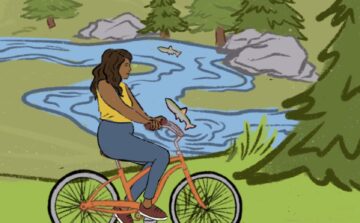 The ozone layer will be
The ozone layer will be  Ali Zaidi, the White House’s thirtysomething national climate adviser, stood before a lectern in a packed conference hall at the NYU School of Law wearing a crisp navy suit, a blue tie, and just enough stubble to look roguish and anti-establishment but not slovenly. It was September 18, day 2 of
Ali Zaidi, the White House’s thirtysomething national climate adviser, stood before a lectern in a packed conference hall at the NYU School of Law wearing a crisp navy suit, a blue tie, and just enough stubble to look roguish and anti-establishment but not slovenly. It was September 18, day 2 of  R
R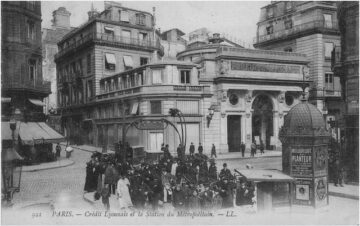 In 1974, Harry Stein and Thomas Moore, young editors who’d worked together at New Times, a glossy biweekly in New York, had an idea: Let’s start a magazine—in Paris. Moore had recently come into a windfall when one of his articles, about an bank robbery in Brooklyn, became the basis for the film Dog Day Afternoon. He moved to Paris, following his then girlfriend; the relationship ended, but he stayed. Stein had previously lived in Paris, writing features for the International Herald Tribune, and also had a European girlfriend at the time. At first, the idea seemed impossible: Maybe we should sell baseball caps instead of starting a magazine, Stein thought. But Moore had a vision. He stole the name from the café outside his living room window, stole the masthead logo from the subway sigh, and their publication was born: The Paris Metro.
In 1974, Harry Stein and Thomas Moore, young editors who’d worked together at New Times, a glossy biweekly in New York, had an idea: Let’s start a magazine—in Paris. Moore had recently come into a windfall when one of his articles, about an bank robbery in Brooklyn, became the basis for the film Dog Day Afternoon. He moved to Paris, following his then girlfriend; the relationship ended, but he stayed. Stein had previously lived in Paris, writing features for the International Herald Tribune, and also had a European girlfriend at the time. At first, the idea seemed impossible: Maybe we should sell baseball caps instead of starting a magazine, Stein thought. But Moore had a vision. He stole the name from the café outside his living room window, stole the masthead logo from the subway sigh, and their publication was born: The Paris Metro.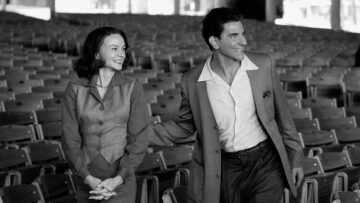 On her 25th birthday in February 1947, Felicia Montealegre sent a
On her 25th birthday in February 1947, Felicia Montealegre sent a  As a health reporter who’s been following nutrition news for decades, I’ve seen a lot of trends that made a splash — and then sank. Remember olestra, the Paleo diet and celery juice? Watch enough food fads come and go, and you realize that the most valuable nutrition guidance is built on decades of research, in which scientists have looked at a question from multiple perspectives and arrived at something like a consensus.
As a health reporter who’s been following nutrition news for decades, I’ve seen a lot of trends that made a splash — and then sank. Remember olestra, the Paleo diet and celery juice? Watch enough food fads come and go, and you realize that the most valuable nutrition guidance is built on decades of research, in which scientists have looked at a question from multiple perspectives and arrived at something like a consensus. Hanif Kureishi has spoken candidly of how his sense of self and privacy have been “completely eradicated” after a fall on Boxing Day last year left him unable to use his hands, arms or legs.
Hanif Kureishi has spoken candidly of how his sense of self and privacy have been “completely eradicated” after a fall on Boxing Day last year left him unable to use his hands, arms or legs.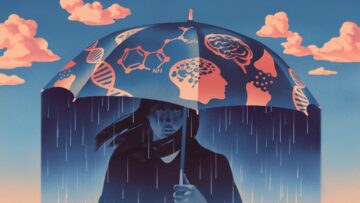 People often think they know what causes chronic depression. Surveys indicate that more than 80% of the public blames a “chemical imbalance” in the brain. That idea is widespread in pop psychology and cited in
People often think they know what causes chronic depression. Surveys indicate that more than 80% of the public blames a “chemical imbalance” in the brain. That idea is widespread in pop psychology and cited in  It is worth remembering the vast majority of what we call free-speech issues have little basis in the First Amendment, which only forbids the abridgment of speech by the government, not private organizations like magazines, cultural centers, or Hollywood production companies. In most states, for instance, it is perfectly legal for employers to fire workers for speech, as a
It is worth remembering the vast majority of what we call free-speech issues have little basis in the First Amendment, which only forbids the abridgment of speech by the government, not private organizations like magazines, cultural centers, or Hollywood production companies. In most states, for instance, it is perfectly legal for employers to fire workers for speech, as a 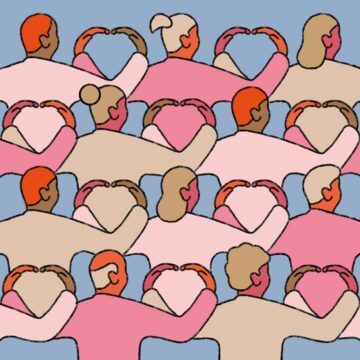 In “
In “